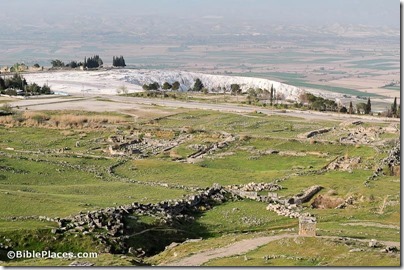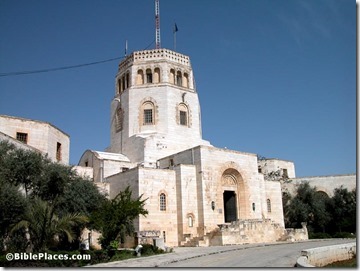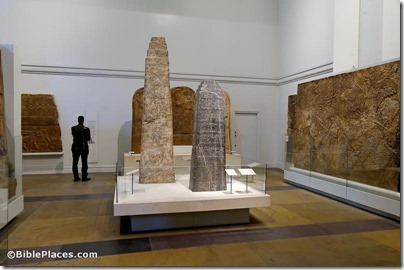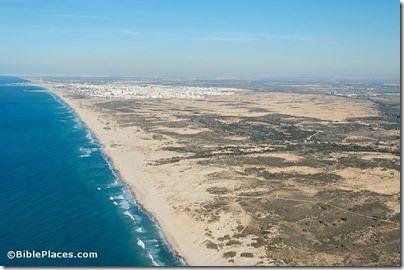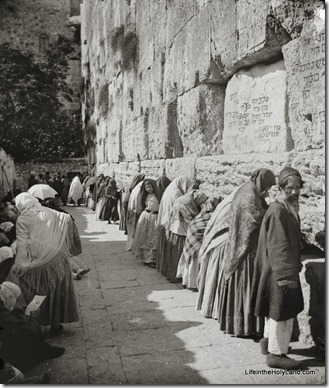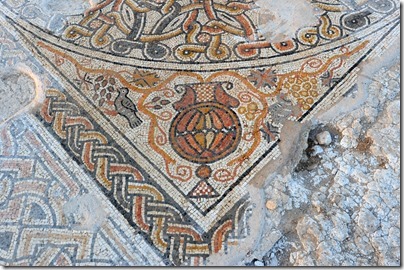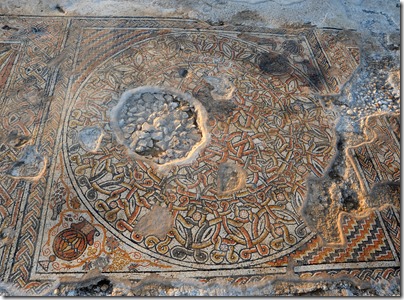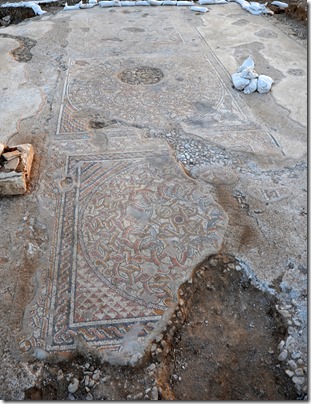Barry Britnell has the scoop on the forthcoming update to Google Maps and he shares some impressive examples.
Following the discovery of the mosaic near Bet Qama, Miriam Feinberg Vamosh provides a “flying [mosaic] carpet”-themed itinerary through Israel.
Matti Friedman follows up on an article in Biblical Archaeology Review to find out whether wooden beams on the Temple Mount might date back to the time of Solomon’s or Herod’s temples.
Smithsonian magazine reports on the Rise and Fall and Rise of Zahi Hawass.
Two months of excavations annually for the last 56 years is not enough, so a Turkish team will join the Italians and excavate the ruins of Hierapolis year-round.
Phase 2 of Eilat Mazar’s Ophel Excavation is now underway.
The University of Liverpool’s second annual conference on Archaeology and the Bible focused this year on “Egypt and the Bible” with lectures by James Hoffmeier and others.
HT: Daniel Wright, Jack Sasson
Photo from the Pictorial Library, Western Turkey
